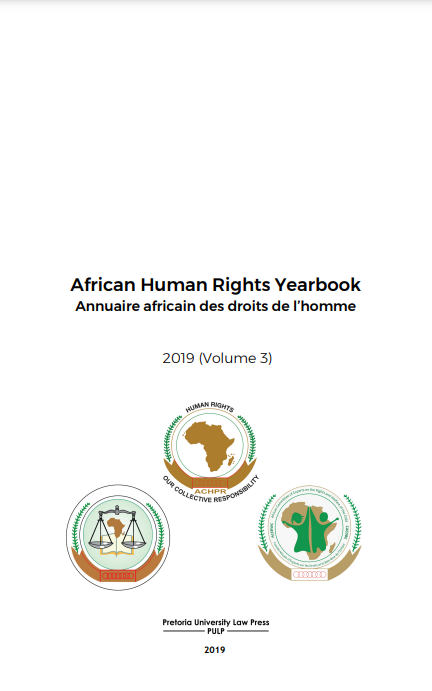Legal protection of refugee children in Africa: positive aspects and shortcomings
DOI:
https://doi.org/10.29053/2523-1367/2019/v3a15Palavras-chave:
Refugee children, best interests, African Charter on the Rights and Welfare of the Child, sovereignty, national securityResumo
ABSTRACTDespite the legal measures that have been put in place for their protection, refugee children in Africa remain at risk. Africa is the first continent in the world where every persecuted individual has the right ‘to seek and obtain asylum in other countries’ (article 12(3) of the African Charter on Human and Peoples’ Rights). In Africa, refugee children are at risk mostly because the continent lacks a clear definition of ‘sovereignty’. African countries interpret the adjective ‘sovereign’ to their own advantage, in terms of the rights and responsibilities imposed on foreigners - including refugees - entering their territory. Although the overall treatment of refugee children has over the last decades improved in Africa, they nonetheless remain a vulnerable category of persons. If refugee children are targeted because they are ‘foreigners’, such discrimination could be curbed and even eradicated through the education of the youth. The various international treaties that African nations have adopted (in particular, the Convention on the Rights of the Child and the African Charter on the Rights and Welfare of the Child) provide an important legal umbrella for the protection of refugee children. However, in many instances, the bulk of the protection is still carried out by NGOs. Consequently, there is still a long way to go before African refugee children will be treated with the dignity that is due to all the children in the world, irrespective of their origin.
TITRE ET RÉSUMÉ EN FRANCAIS: Protection juridique des enfants réfugiés en Afrique: développements positifs et faiblesses RÉSUMÉ:
Les enfants réfugiés en Afrique demeurent en danger en dépit des mesures juridiques adoptées par les Etats pour les protéger. L’Afrique est le premier continent au monde où toute personne persécutée a le droit de « demander et obtenir l’asile dans d’autres pays » (article 12(3) de la Charte africaine des droits de l’homme et des peuples). En Afrique, la principale menace des enfants réfugiés émane du fait que le continent n’a pas de définition claire de la notion de « souveraineté ». Les pays africains interprètent l’adjectif « souverain » à leur profit, en mettant l’accent sur les droits et les responsabilités imposés aux étrangers qui franchissent leur frontière - dont les réfugiés. Bien que le traitement global des enfants réfugiés se soit amélioré au cours des dernières décennies en Afrique, ils demeurent néanmoins une catégorie de personnes vulnérables. Si les enfants réfugiés sont ciblés parce qu’ils sont des « étrangers », cette discrimination future pourrait être enrayée voire éliminée grâce à l’éducation des jeunes. Les différents traités internationaux que les pays africains ont adoptés (en particulier la Convention relative aux droits de l’enfant et la Charte africaine des droits et du bien-être de l’enfant) constituent un important cadre juridique pour la protection des enfants réfugiés. Cependant, dans de nombreux cas, l’essentiel de la protection est toujours assuré par les ONG. Par conséquent, un chemin important reste encore à parcourir pour que les enfants réfugiés africains soient traités avec la dignité qui est due à tout enfant, quelle que soit son origine.


